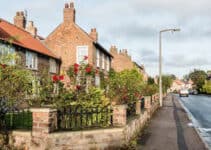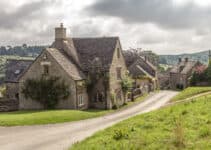The difference between a village and a town can be surprisingly difficult to define. As such, deciding when a village becomes a town is just as difficult.
Is there a specific process or official declaration, or how does a village become a town? The most obvious way a village would become a town is through natural growth. How and why this happened would depend on where the village was located and what was in the local area.
Below, we’ll look into detail on how a village can become a town, along with some examples of when this has happened.
How Does a Village Become a Town?
There are a couple of different scenarios where a village can become a town. To better understand these, it’ll be worth you looking at the differences between a town and a village first.
Frustratingly, the distinction isn’t as clear-cut as, say, a town and a city.
The most obvious difference is population size, which in turn influences things like access, services, and purpose.
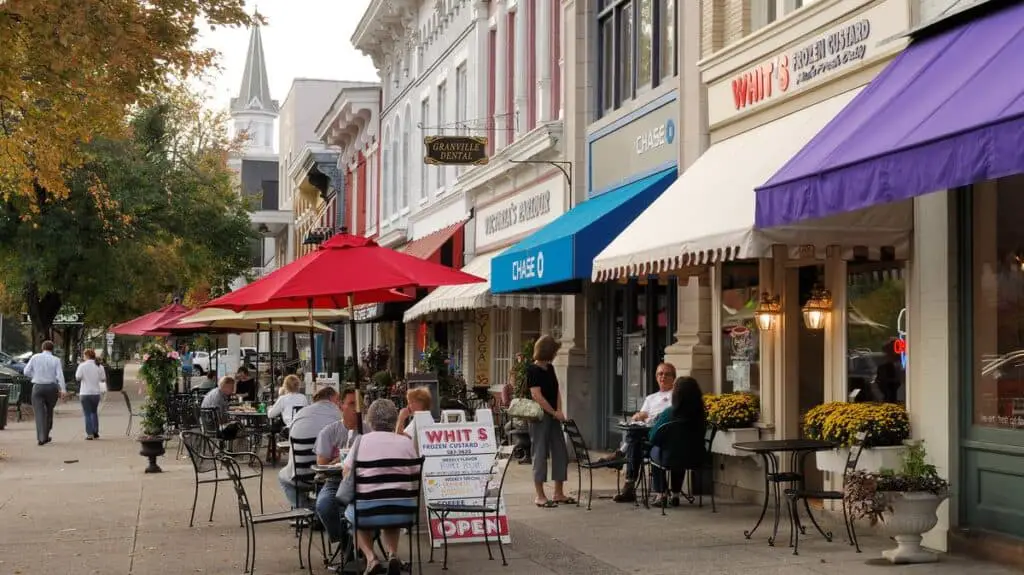
Can a Village Become a Town
The first question we should ask before we dive into how it becomes a town is, is it even possible for a village to become a town? It is possible, but it’s not straightforward.
A village can become a town through a process called incorporation or upgrading (very imaginative!), often driven by population growth or economic development. The specific requirements vary by country, but it often includes factors like population size, infrastructure, or local government structure.
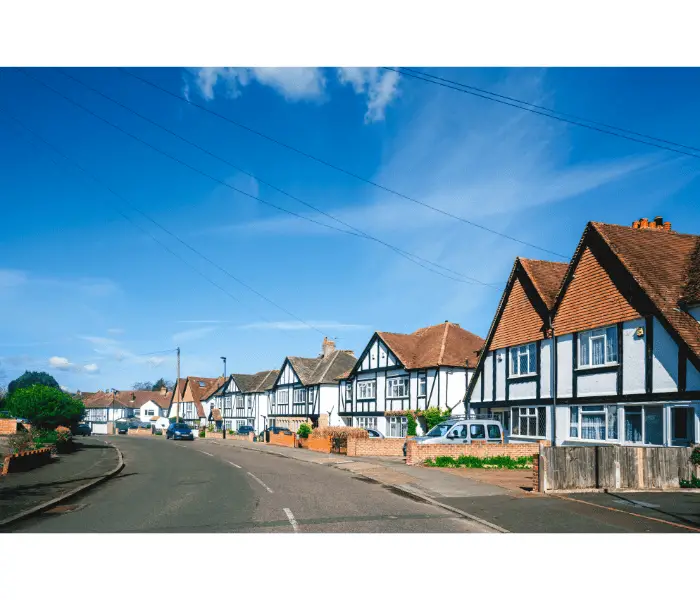
What Are The Criteria for a Village to Become a Town?
Here are the main situations where a village can become a town:
Historic Significance
Back in the Middle Ages, it was much easier to turn a village into a town, at least in some situations. A village could receive a royal charter to hold a market, which would make it a market town.
These served as economic hubs for local villages and hamlets where people would come to sell goods.
It’s still a term we use today, and market towns are fairly easy to spot. They’ll typically have a large central square where the market would be held. Some examples include:
· Ludlow, Shropshire
· Lewes, East Sussex
· Sherborne, Dorset
· Stamford, Lincolnshire
· Saffron Waldon, Essex
Market towns fulfil the differences of purpose and population size. Specifically, their purpose is to be an economic centre, which would attract more people to live there. Most would have surrounding villages where farmers worked and lived. Which is easy to access for a weekend farmer market!
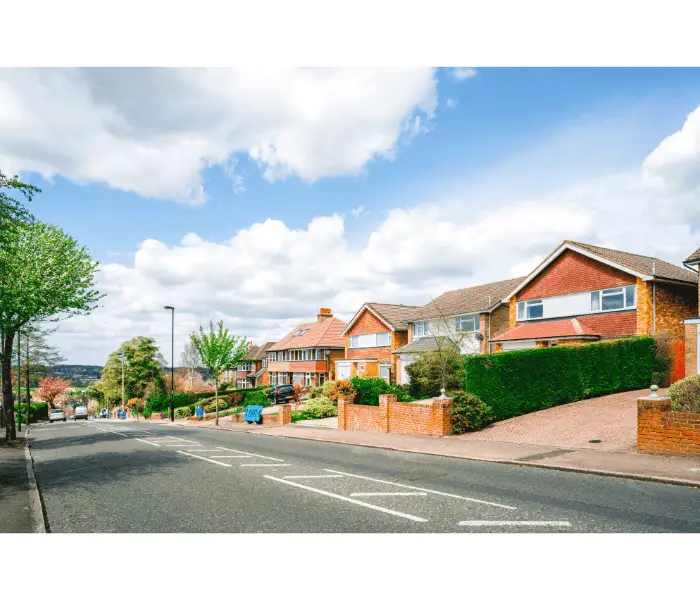
Natural Growth
The most obvious way a village would become a town is through natural growth. How and why this happened would depend on where the village was located and what was in the local area.
For example, say a village was within a 40km drive of a local city. People wanting to work in the city but not live there would look to the village.
The growing demand for houses would (theoretically) mean more are built, followed by services to support them. Over time, this results in a village becoming a town.
Although it’s not a set rule, a village is more likely to become a town if it’s near an important settlement. In the example above, it’s a city or urban area that has job opportunities.
A village is less likely to become a town if it’s located in the middle of nowhere with little to offer aside from peaceful living.
An exception to this would be if the local government attracts investment in the form of factories and industrial estates. This is an ideal way of drawing growth to a rural village to better distribute employment and services.
A good example of this is Chirk in Wrexham, Wales. Although there’s no clear evidence of when it became a town, it was classified as a village in 1908.
Since then, several large factories have opened, most notably Mondelez and Kronospan. Along with tourism, these factors have massively boosted employment in the area.
Access
Access could fall under the process of natural growth, but it deserves its own attention. A settlement on a roadway, railway or canal could prove to be a suitable site for village growth.
For example, a village located on a Victorian railway could attract employment and growth due to trains stopping there. Alternatively, a rural village might be in a large farming area, and so would have a railway built to it.
A town could then grow around the railway due to the employment opportunities. An example of this is Shildon, County Durham, the UK’s first railway town.
Administration/Voting
The final (and arguably least interesting) reason is administration. For example, a local authority rearranges settlement borders, creating larger spaces.
In turn, this could lead to a village being classified as a town based on its population.
Similarly, some villages are determined to be postal towns. This is as simple as it sounds: it’s a unit of a delivery address. It doesn’t mean the other definitions of a town, though, as London is technically a postal town.
How Does a Village Become a City?
The process is exactly the same as a village becoming a town, if the village meets all of the requirements to become a city through the reasons given like population, access, historical significance and amenities/facilities. After achieving these prerequisites, a formal petition or referendum may be needed to complete the transition.
When Does a Village Become a Town in England?
As you can see, there are plenty of reasons why a village might become a town. Traditionally, a village becomes a town in England if it has a regular market or a town council, but this varies.
Legally, the distinction isn’t strictly enforced; many settlements choose their own designation based on tradition or preference.
Unfortunately, the difference between a village and a town will always remain fairly unclear.
